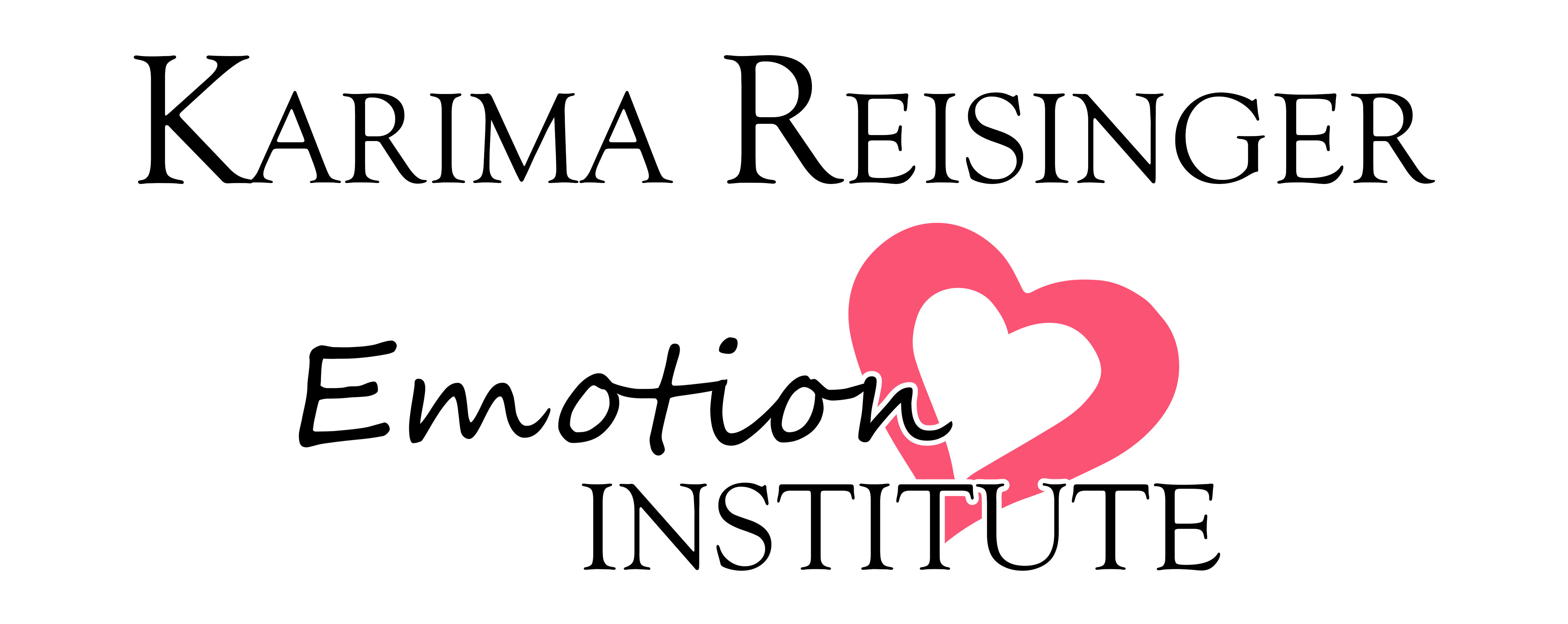Talking about NeuroAffective Relational Model™, Larry Heller, PhD (developer of this method) describes in his book (*) how early trauma affects self-regulation, self-image, and the capacity for relationship. His NARM™ method helps people who suffered from those developmental traumas (**) to increase the capacity for self-regulation and the freedom from the limitations of their typical response strategy for a perceived danger which he calls adaptative survival styles.
Self-regulation means when we are tired we can sleep, when we are angry we have healthy ways to release the resulting stress.
In the recent years, neuroscience researches and psychological thinking about the role of self-regulation has helped to understand that early relational trauma (**) and shock trauma contributes significantly to the lack of capacity for emotional and autonomic self-regulation.
The autonomic self-regulation is the ability to regulate our autonomous functions such as blood pressure, heart rate, breathing, sleep, digestion.
Affect self-regulation is the ability to regulate our emotions like joy, fear, sadness, shame, anger, excitement.
Symptoms of emotional dysregulation develop when we are unable to express our emotions, when we do not feel them, when its overwhelming, having the feeling to be stuck.
Some of the most common symptoms of dysregulation states are anxiety, compulsive patterns, panic attacks, insomnia, hyper vigilance and over-sensitivity to environmental signals, addiction, depression, eating patterns.
“It is essential for our wellbeing to be able to manage the intensity of both our negative and positive emotions.”
Early relational traumas often structure and determine the course of our lives.
In the next post, I will talk about the five Adaptative survival styles. Maybe will you recognize one of your personality traits or of your boss 😉
Karima Reisinger, 17 Dec 2017
All rights reserved.
